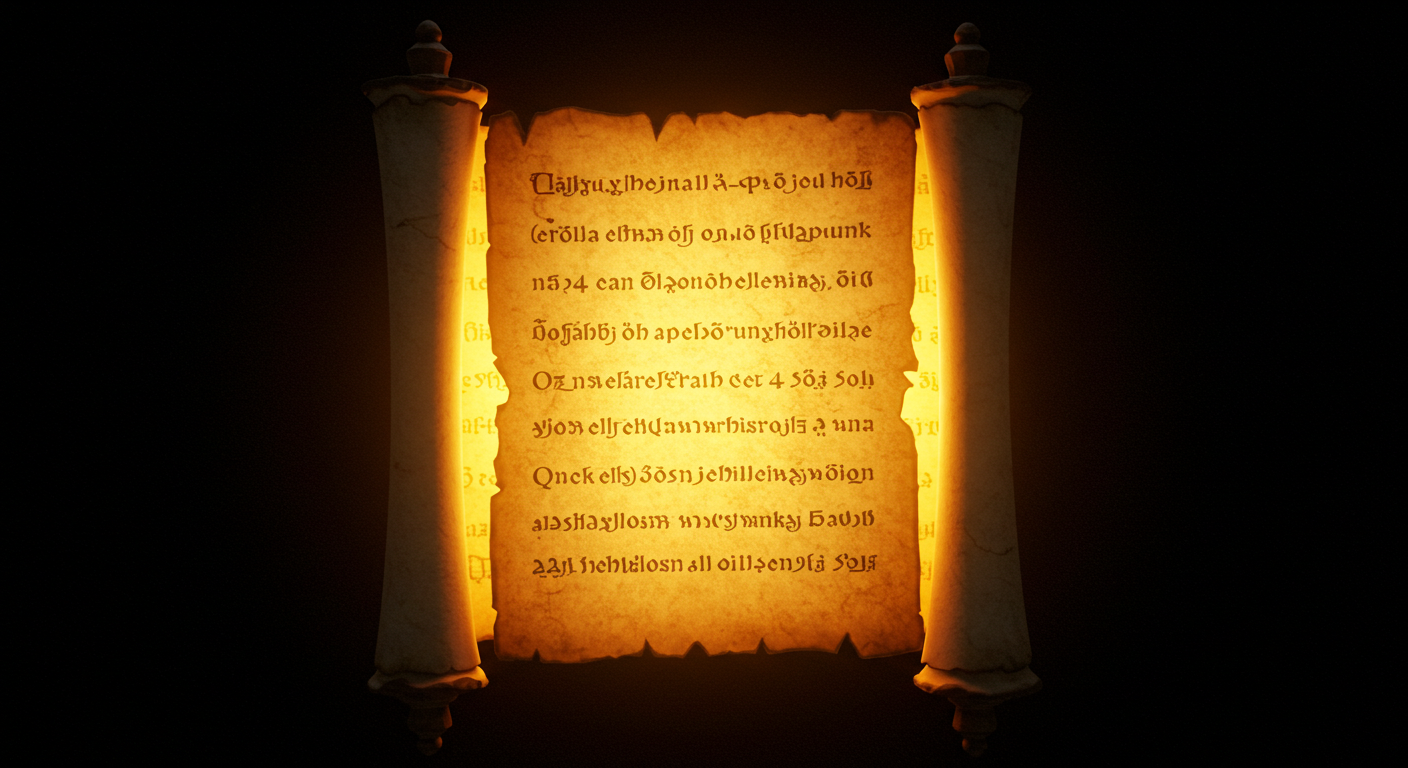Uncover the divine encounter of Moses on Mount Sinai. Explore the historical, cultural, and theological aspects of his prophetic vision in Exodus 19:18. Discover more now.
Exodus 19:18 NIV
Mount Sinai was covered with smoke, because the LORD descended on it in fire. The smoke billowed up from it like smoke from a furnace, and the whole mountain trembled violently.
The Mountain Of God: What Did Moses See In Sinai? – Exodus 19:18
Introduction to Prophetic Visions
Have you ever wondered what it means when the Bible talks about prophetic visions? These extraordinary experiences are a way through which God communicated with His prophets. Prophetic visions are vivid, often supernatural, revelations that offer insight into God’s plans and purposes. They played a crucial role in the history of Israel, guiding, warning, and encouraging His people through times of uncertainty and challenge.
Throughout the Old Testament, prophets such as Elijah, Isaiah, and of course, Moses, received these divine messages. God used visions to reveal His will and to prepare His people for significant events. Understanding these visions often requires delving into the historical and cultural backdrop against which these revelations took place, considering practices and beliefs that shaped the prophetic experience. Today, we’re going to explore one of the most awe-inspiring prophetic visions: what Moses saw on Mount Sinai as described in Exodus 19:18.
Historical and Cultural Context
To truly grasp the significance of the vision Moses experienced on Mount Sinai, it’s essential to understand the historical and cultural context of this event. Mount Sinai, also known as Horeb, is where God made a covenant with Israel after freeing them from slavery in Egypt. This historical backdrop is filled with dramatic events: the Exodus, the wilderness wandering, and the anticipation of entering the Promised Land.
In these ancient times, mountains were often considered dwelling places of gods. For the Israelites, Mount Sinai was not just a geographical location but a sacred space where the divine and human realms intersected. The cultural context also deeply influences the symbolic language of the Bible. Thus, understanding the period’s practices, beliefs, and expectations can illuminate the depth and richness of Moses’ vision on Sinai.
Context of Moses’ Prophetic Vision
Scriptural Background
Exodus 19:18 presents a vivid and dramatic description of God’s manifestation on Mount Sinai. The narrative leading up to this event is crucial. After the Israelites escaped Egyptian captivity, they found themselves wandering the desert, dependent on divine guidance and provision.
Chapter 19 describes the Israelites’ arrival at Sinai and God’s instructions to Moses regarding the consecration of the people in preparation for His divine appearance. God intended to establish a covenant, a sacred pact with His chosen people, marking the formal beginning of Israel’s unique relationship with God.
Moses’ Role and Mission
Moses holds a central position in the biblical narrative as God’s chosen leader and prophet. His role was to mediate between God and the Israelites, conveying divine commandments, and leading the people through countless trials and uncertainties. His mission was not only to lead them to the Promised Land but also to shape them into a holy nation, devoted to God.
The challenges Moses faced were enormous, from dealing with the doubts and rebellions of the Israelites to standing firm against external threats. His authority and relationship with God were continually tested and reaffirmed by miraculous signs and prophetic revelations.

Vision’s Imagery and Symbolism
Exodus 19:18 paints a powerful image: “Now Mount Sinai was all in smoke because the Lord descended upon it in fire; its smoke ascended like the smoke of a furnace, and the whole mountain quaked violently” (NASB). This description teems with symbolic elements that reflect the awe and reverence due to God’s presence.
- Fire: Often symbolizes God’s purity, holiness, and judgment.
- Smoke: Represents the divine presence obscured from direct human view, emphasizing God’s transcendence.
- Earthquake: Signifies the power and authority of God, shaking the foundations of creation.
These symbols serve to communicate that an encounter with God is both extraordinary and terrifying, underscoring His might and the solemnity of the occasion.
Theological Significance
Understanding the theological implications of Moses’ vision on Sinai requires looking beyond the vivid imagery to the event’s broader spiritual meaning. This vision underscores God’s sovereignty and His direct involvement in the affairs of His chosen people. By descending on Sinai, God was staking a claim not just on the mountain but on Israel as His own, setting the stage for the covenant that would define their national and spiritual identity.
The manifestation at Sinai underlines themes of divine holiness, judgment, and redemption, reflecting the seriousness of the covenant and the moral and spiritual standards God expected His people to uphold. Moses’ vision thus becomes a pivotal moment in biblical theology, establishing foundational principles of faith and obedience that resonate throughout the Bible.
Interpretation of the Vision’s Message
Immediate Message for the Original Audience
For the Israelites, the vision at Sinai held an immediate and powerful message. It conveyed God’s unparalleled authority and holiness, instilling a sense of awe and reverence. The immediate consequences were both physical and spiritual. The people were to consecrate themselves, abstaining from certain activities, to approach the mountain with the fear of God in their hearts.
This vision also reaffirmed Moses’ leadership and the divine origin of the Law that he would shortly receive. The Israelites were not merely following a charismatic leader but were in covenant with the Creator Himself, bound by divine commandments that would govern their communal and spiritual lives.
Prophetic Fulfillment
In a broader prophetic context, the Sinai theophany (divine appearance) has several layers of fulfillment. Historically, it was partially fulfilled as Israel experienced God’s presence and received His law. However, its ultimate fulfillment is often seen in the coming of Christ and the establishment of the New Covenant, where God’s laws would be written on hearts rather than stone tablets.
This fulfillment signifies the movement from a physical manifestation of God’s presence to an inward, spiritual reality through the Holy Spirit. It underscores a continuity in God’s redemptive plan, beginning at Sinai and culminating in the work of Christ.
Relevance to Modern Readers
For contemporary believers, the vision on Sinai continues to have profound spiritual and moral implications. It serves as a reminder of God’s holiness and the seriousness of entering into a covenant relationship with Him. The tangible manifestation of God’s presence on Mount Sinai challenges modern readers to reflect on their spiritual discipline and reverence for God.
Additionally, themes of divine guidance, law, and covenant from Sinai hold relevance today. They prompt believers to consider the foundations of their faith and the principles that govern their relationship with God. Thus, Moses’ vision on Sinai is not merely an ancient event but a lens through which believers can understand and deepen their spiritual journey.
Comparative Analysis
Comparison with Other Biblical Visions
When we compare Moses’ vision on Mount Sinai with other prophetic visions in the Bible, we notice shared themes of divine holiness, judgment, and revelation. Visions like Isaiah’s in the temple (Isaiah 6) or Ezekiel’s vivid encounters (Ezekiel 1) similarly highlight God’s majesty and transcendent glory.
However, differing contexts and symbolic elements in these visions emphasize unique aspects of God’s nature and His relationship with humanity. Sinai’s vision stands distinct in its communal aspect, as it is revealed not only to Moses but to the entire nation of Israel, highlighting the collective call to holiness and covenant fidelity.
Historical and Eschatological Perspectives
Historically, the vision on Sinai has been interpreted in various ways. Jewish tradition regards it as the moment when Israel became a nation under God’s direct governance. Christian theological perspectives often view it through the lens of New Testament fulfillment, seeing it as a foreshadowing of Christ’s redemptive work.
Eschatologically, the Sinai vision is sometimes seen as a precursor to the ultimate revelation of God’s kingdom. The manifestations of fire, smoke, and quaking earth resonate with descriptions of end-times visions found in prophetic books like Daniel and Revelation, pointing to a future where God’s glory will be universally recognized.
Conclusion
Summary of Key Insights
In exploring Exodus 19:18 and Moses’ vision on Mount Sinai, we’ve delved into the multifaceted significance of this extraordinary event. We’ve considered the historical and cultural context, the profound symbolism, and the theological implications. From reaffirming God’s holiness and sovereignty to underscoring the seriousness of the covenant relationship, this vision has left an indelible mark on biblical history and theology.
Final Thoughts on Prophetic Visions
Prophetic visions, as exemplified by Moses’ encounter on Mount Sinai, are crucial in understanding God’s interaction with humanity. They reveal His will, instill reverent awe, and guide His people through the ages. These visions serve as both warning and encouragement, calling believers to faithfulness and reminding them of God’s grandeur.
Additional Resources
Further Reading
- The Pentateuch as Narrative by John H. Sailhamer
- Sinai and Zion: An Entry into the Jewish Bible by Jon D. Levenson
Study Questions
- How does understanding the historical context of Sinai enhance your interpretation of Moses’ vision?
- What elements of the vision’s symbolism resonate most with you, and why?
- How can the themes of covenant and divine holiness at Sinai shape contemporary Christian living?







